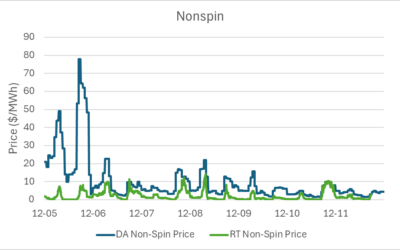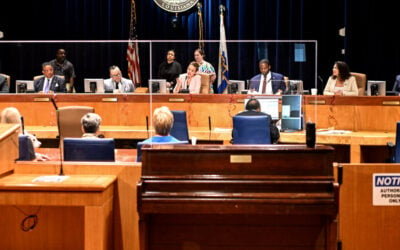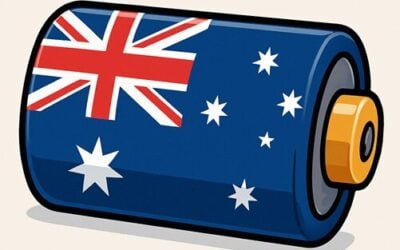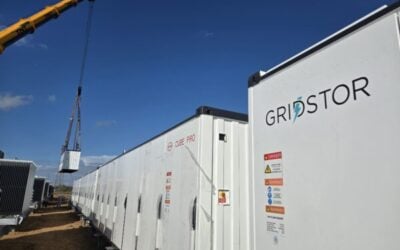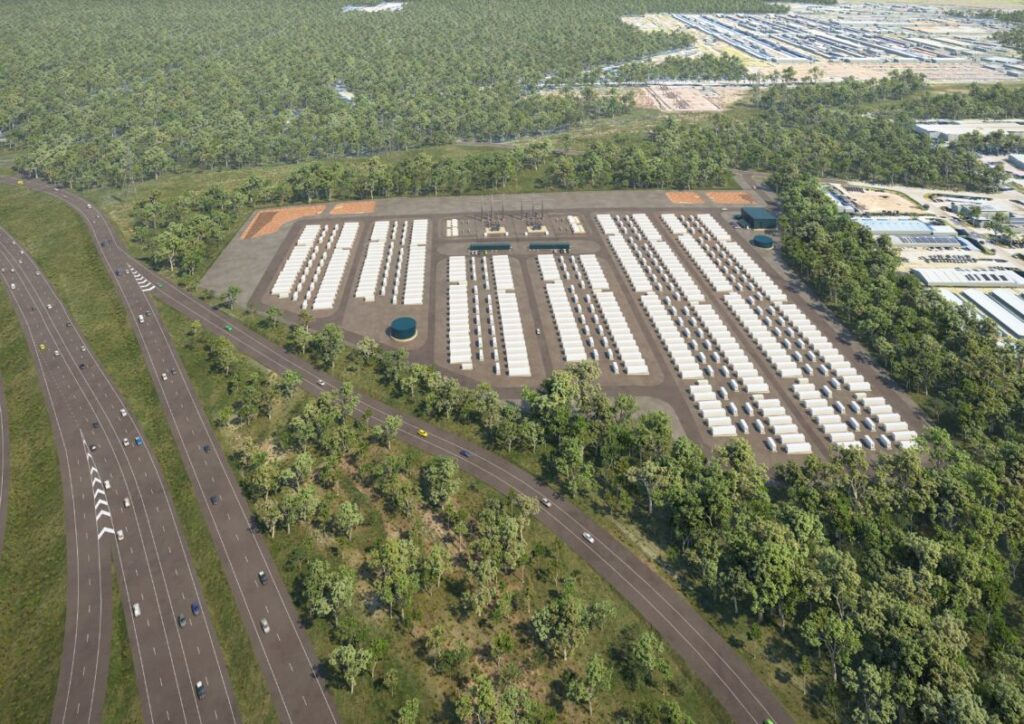
Powerlink Queensland is seeking federal approval for transmission infrastructure connecting AGL Energy’s 2,000MWh Tuckeroo battery energy storage system (BESS) to the Western Downs Substation in Australia.
The plans have been submitted to Australia’s Environment Protection and Biodiversity Conservation (EPBC) Act, the country’s main national environmental law. This law provides a legal framework to protect and manage nationally and internationally important environmental and heritage matters.
The Tuckeroo BESS Connection Project involves constructing a 1.8km underground 275kV transmission line linking the battery storage site to existing grid infrastructure and the wider National Electricity Market (NEM).
AGL Energy received approval from the Western Downs Regional Council in September 2025, following its receipt of planning approval for the battery storage facility in March 2025.
Try Premium for just $1
- Full premium access for the first month at only $1
- Converts to an annual rate after 30 days unless cancelled
- Cancel anytime during the trial period
Premium Benefits
- Expert industry analysis and interviews
- Digital access to PV Tech Power journal
- Exclusive event discounts
Or get the full Premium subscription right away
Or continue reading this article for free
The 500MW/2,000MWh battery storage system represents one of the largest energy storage projects in Queensland and is larger than the biggest battery currently being constructed in the state: the state-owned 300MW/1,200MWh Stanwell BESS. Its 4-hour duration capability positions it to deliver extended grid services beyond traditional frequency regulation.
It has been confirmed that the battery storage system will utilise lithium-ion technology, though AGL has not disclosed specific technology suppliers or construction contractors for the project.
According to the EPBC Act application, the underground transmission infrastructure will traverse agricultural land currently used for cattle grazing. Construction activities include vegetation clearing, trench excavation to depths of 1.5-2 meters, and progressive site rehabilitation.
The transmission project footprint covers 6.72 hectares within a 606.67-hectare project area, minimising environmental disturbance in the heavily developed Western Downs region.
Powerlink’s connection project would also enable AGL to integrate the Tuckeroo BESS with existing transmission infrastructure serving the Kogan Creek Power Station, a coal-fired power station being transitioned into a renewables hub, and surrounding renewable energy developments.
The Tuckeroo battery storage project will contribute to Queensland’s Energy Roadmap target of 4.3GW of short-duration energy storage by 2030. Released last week, the state government revised pumped hydro plans while advancing battery energy storage deployment to support renewable energy integration and grid stability requirements across Australia’s east coast markets.
Recent AGL activity in Australia includes the acquisition of South Australia’s Virtual Power Plant from Tesla and the purchase of a 720MWh long-duration electro-thermal energy storage site in South Australia.
Financial close for the Tuckeroo project remains subject to completion of transmission connection agreements and final regulatory approvals. AGL expects construction to commence in 2026, with commercial operation targeted for 2027.
GPG advances 290MW Fraser Coast solar-plus-storage project in Queensland
In other news, Global Power Generation (GPG), part of the Naturgy Group, is seeking EPBC Act approval for the Fraser Coast Photovoltaic Solar and Battery Energy Storage System Project, a 290MW solar PV plant featuring a co-located BESS located in Teebar, Queensland, approximately 70km northwest of Gympie.
The solar-plus-storage project will feature approximately 600,000 solar modules installed across a 555.87-hectare site in Teebar. GPG acquired the project area in 2024, and construction is scheduled to commence in late 2025, subject to regulatory approvals and commercial considerations.
The solar PV power plant will connect to the NEM via a 1.3km 275kV transmission line linking the onsite substation to the existing Teebar Substation. The transmission infrastructure will be constructed on land owned by Powerlink Queensland, facilitating the grid integration of renewable energy and storage capacity.
Construction activities will span approximately 14 months and involve site preparation, vegetation clearing, bulk earthworks, and installation of solar arrays, inverters, transformers, and battery storage infrastructure.
The size of the battery energy storage system has not been disclosed in the EPBC Act application; however, GPG’s website states that it will be 180MW/360MWh.
GPG has committed to implementing mitigation measures, including rehabilitation of temporary disturbance areas and ongoing vegetation management during the 30-year operational period.
Solar arrays will be connected to inverter stations and transformers that feed generated electricity into the on-site substation and battery storage system.
GPG has designed the project with end-of-life considerations, including potential repowering with new equipment or decommissioning and site rehabilitation to facilitate the continuation of agricultural land use.
The decommissioning process would involve de-energising and removing all infrastructure, followed by site recontouring, decompaction, and revegetation activities.

